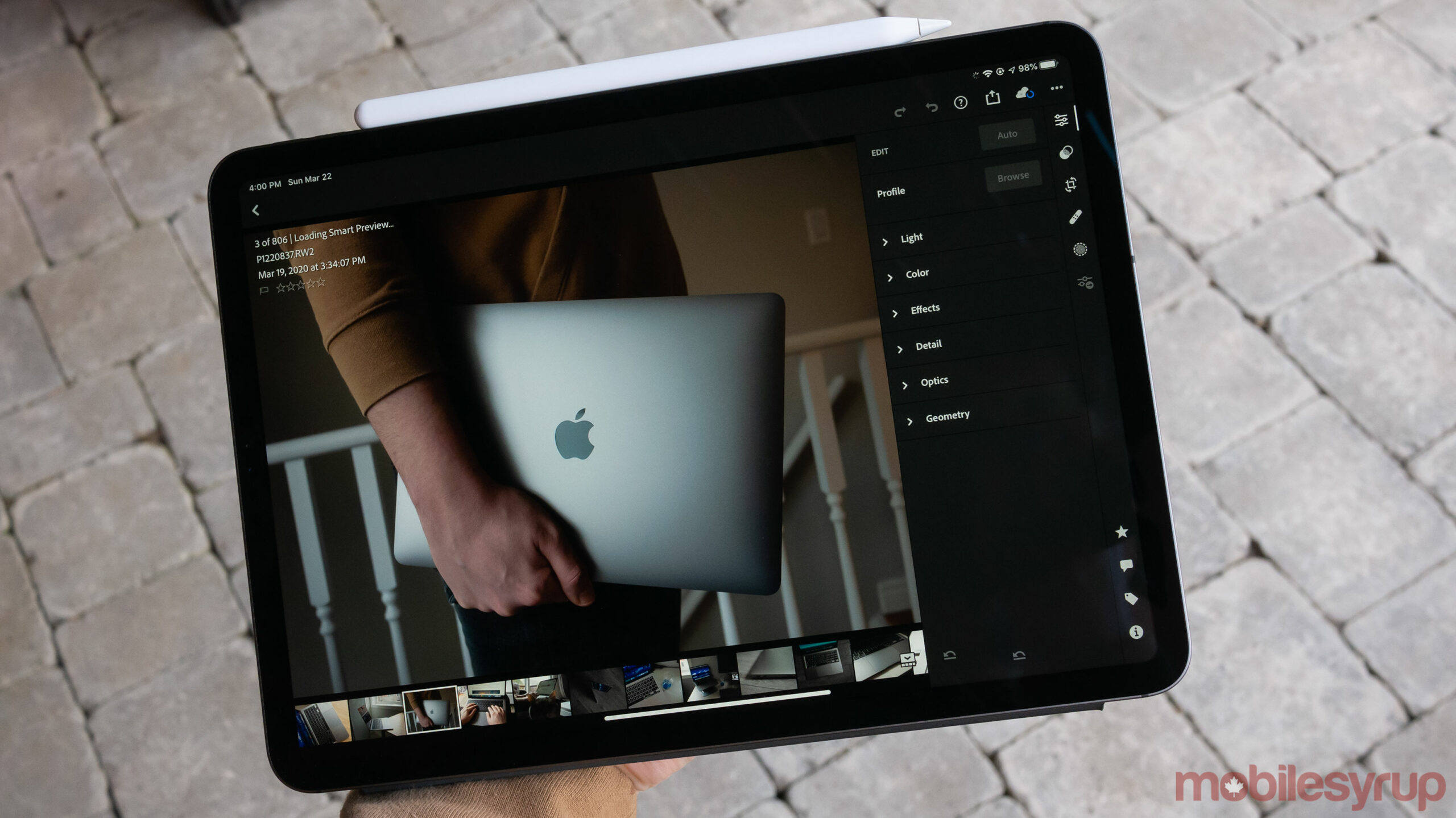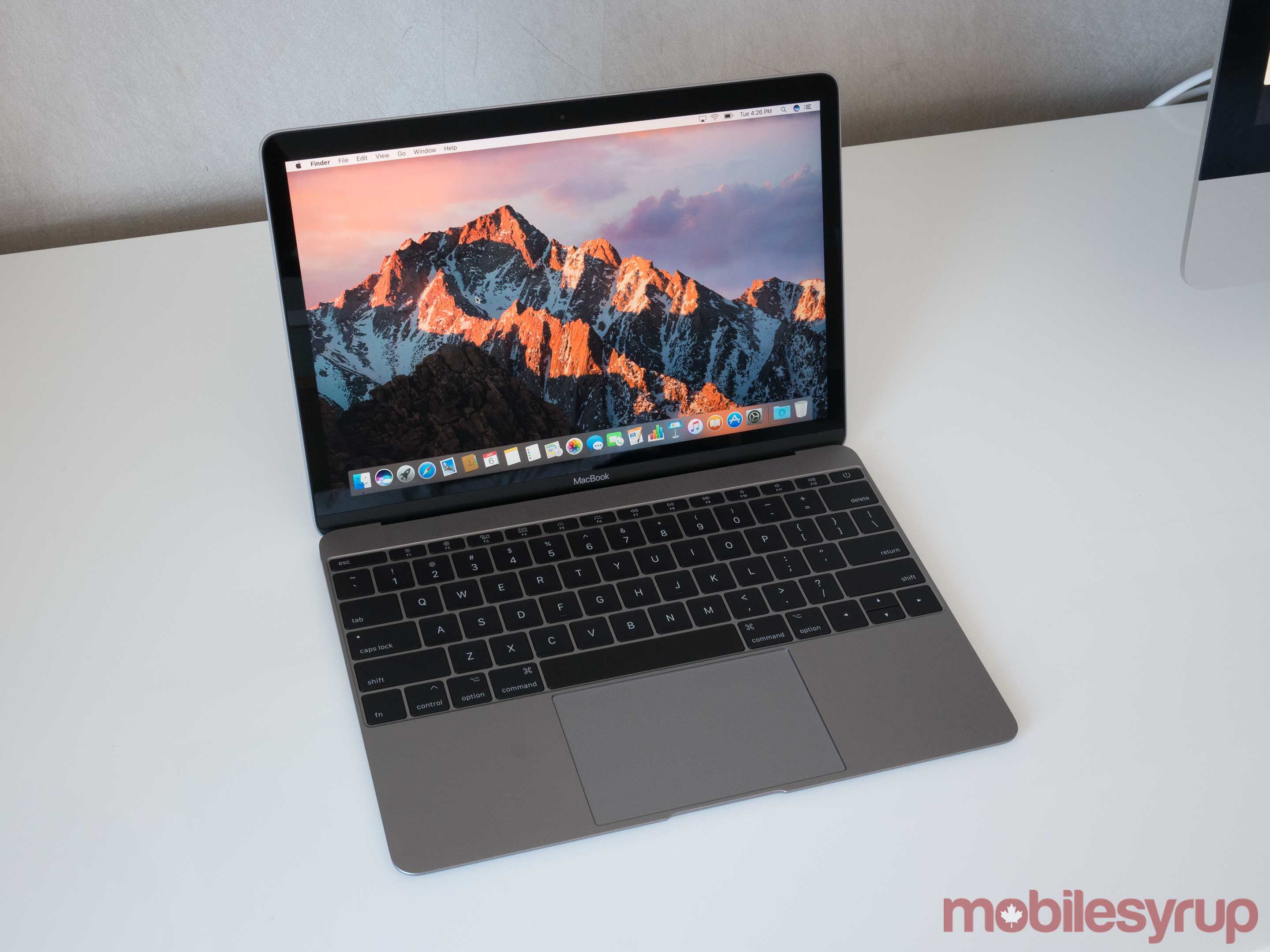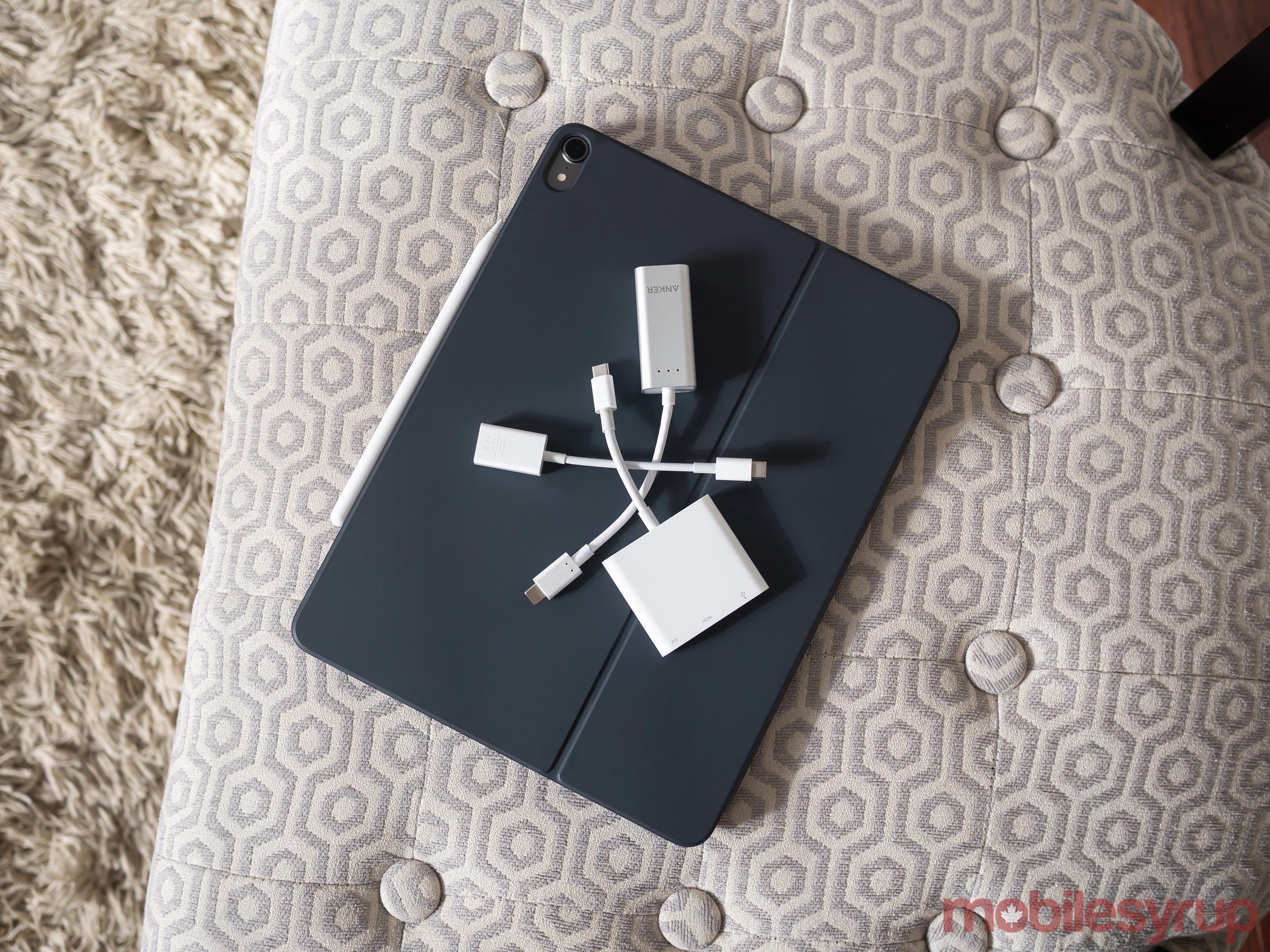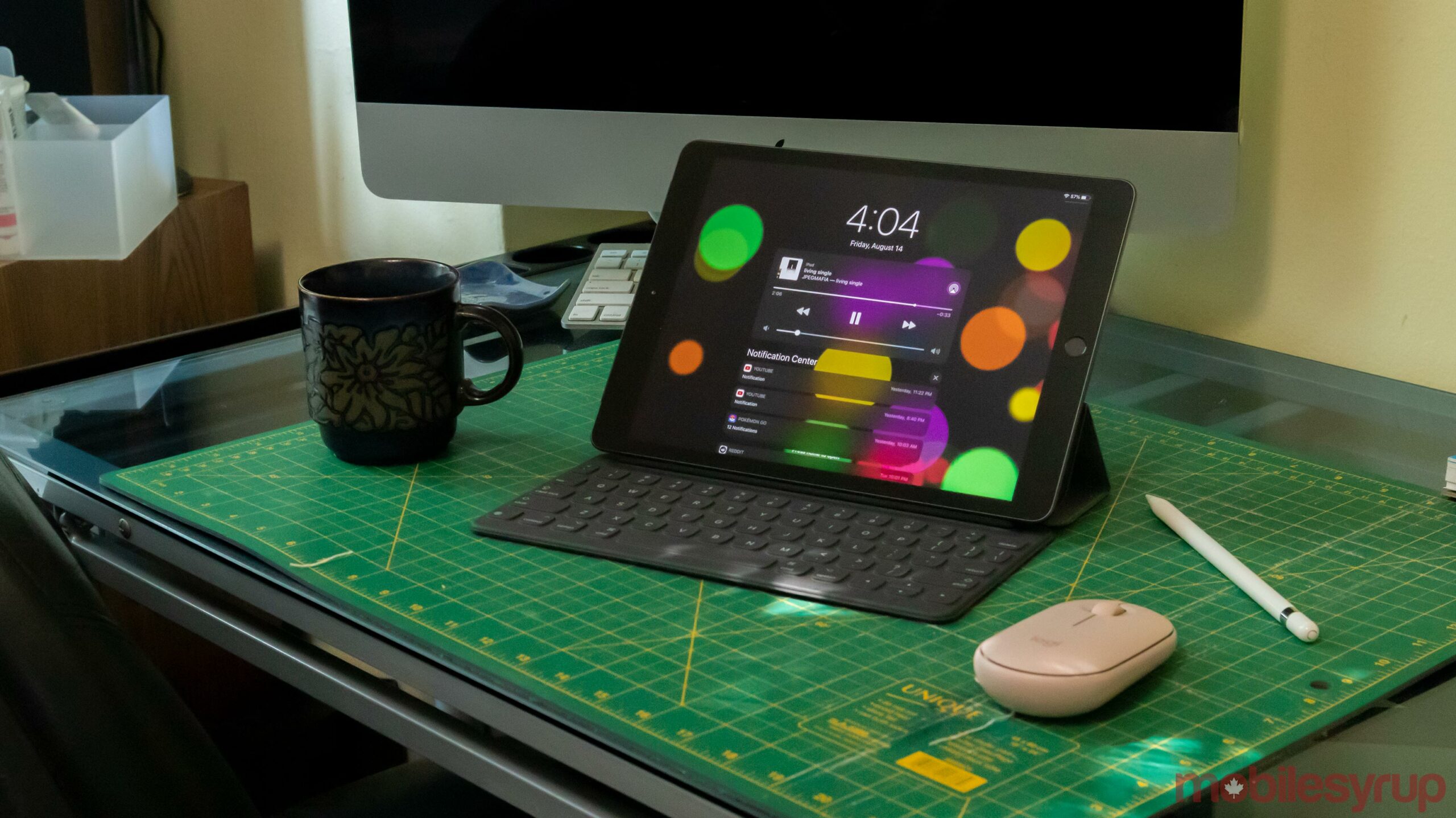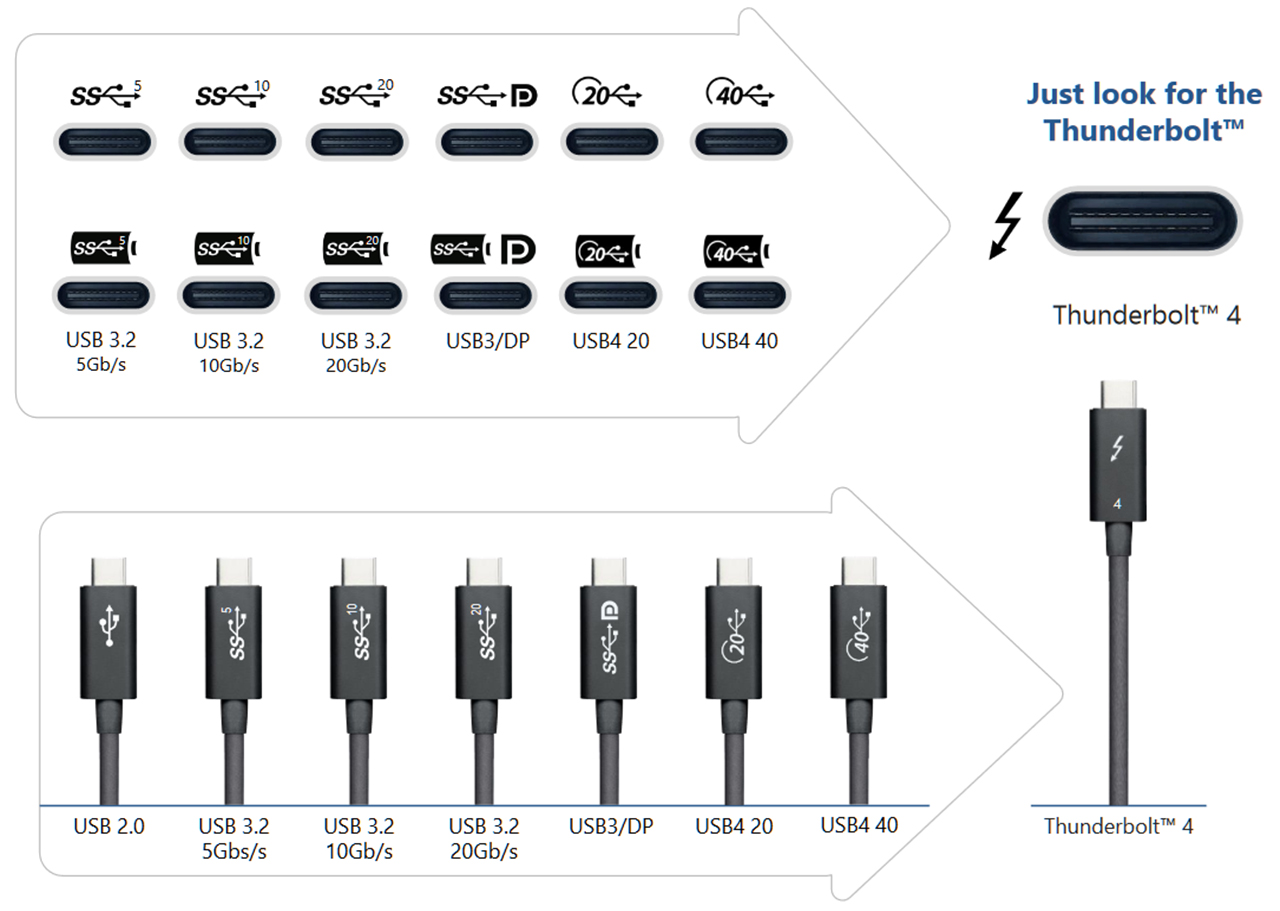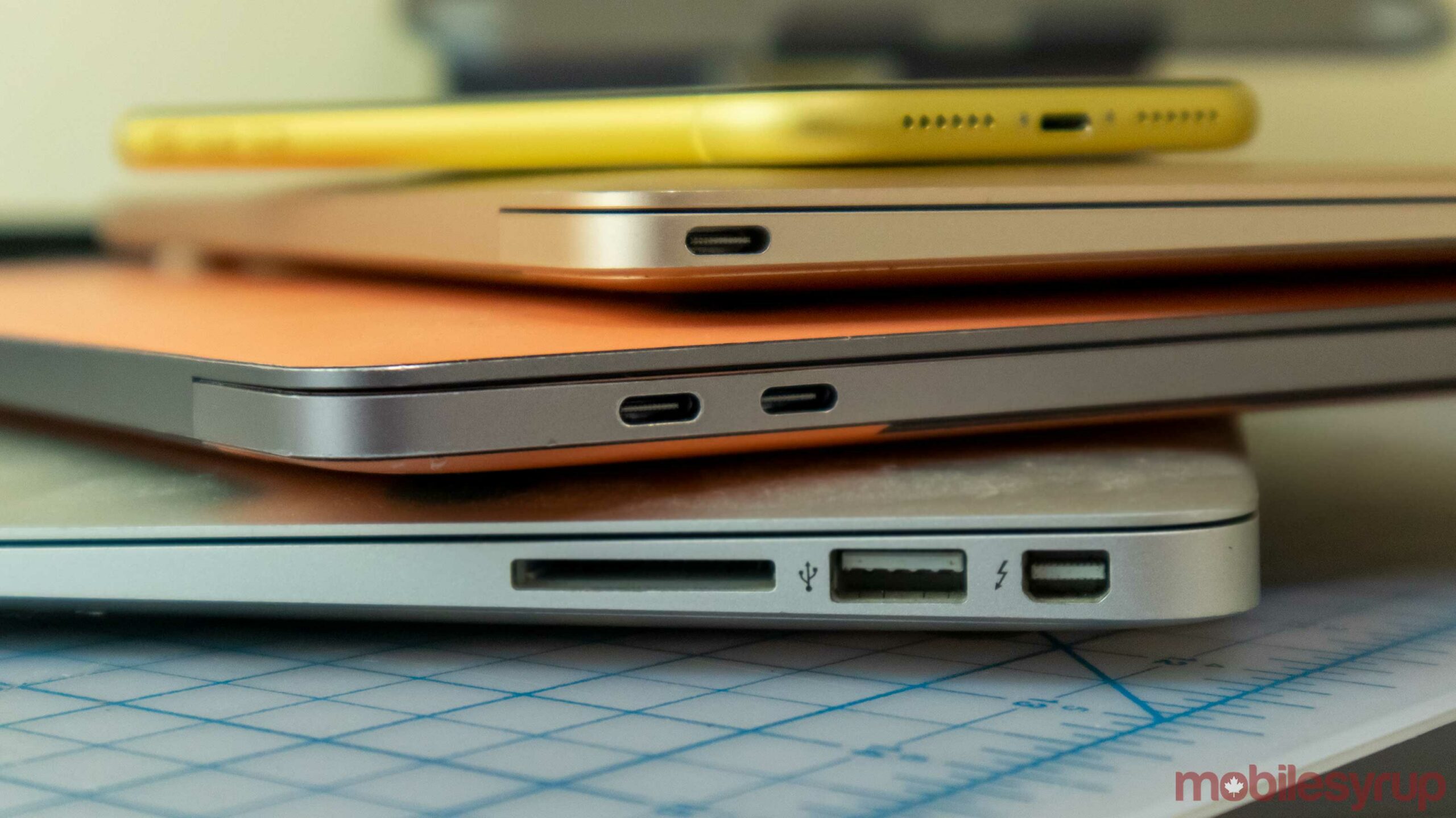
What connects us? Is it the human condition? A general love of warm summer days and Phil Collins’ classic “In the Air Tonight?”
No, it’s wires, cables, cords or whatever you choose to call them — at least for now.
Now that Apple’s 2020 product line has started to trickle out, there’s a message inside almost every device hinting at the company’s vision for the future of wireless computing — and maybe even how it’s preparing for it. I’m not saying that the iPhone 12 will have a USB-C port, because it’s almost 100 percent going to feature a ‘Lightning’ connector, but the way computing is moving away from ports doesn’t need to involve phones just yet.
You may have noticed that Apple has gotten rid of several ports on its devices over the years. For instance, the iPad Pro lost the headphone jack, and MacBooks ditched the SD card reader and every port that’s not USB-C.
It’s easy to say Apple is trashing ports to force people to adopt the ‘dongle life,’ creating an entirely new category of product the company can earn revenue from, and you’d be right — at least if you’re looking at the short term.
Where Apple wants to head
I think what Apple is doing is a little more nuanced. The tech giant is shaping the world to support either USB Type-C or a wireless standard of some sort like Google’s Nearby Share or Apple’s AirDrop.
Why, you ask? Well, Apple foresees a world where tablets are people’s principal computers, which is evident by how hard the company has pushed the iPad Pro, iPad Air and the regular iPad over the last few years.
The latest iPad Pro makes this clear with its powerful specs, completely wireless Apple Pencil and a single USB-C port. I think even the USB-C port is only a temporary solution to a wireless world in the company’s mind, but there’s a lot more guesswork involved in that particular scenario.
The regular iPad is more of a long game, but it’s marketed as an education device. Schools are full of young people, and if Apple can convince them that an iPad can do everything they need, there’s a good chance that they’ll grow up and continue to use iPads.
Apple has even shifted its stone-walled approach to iPads to include more functionality like cursor support. It now sells its own keyboard attachments for iPads, and some of them even have trackpads, showing a dedication to helping people use them more as productivity devices.
While I’m still not sure if the keyboard/mouse combo is the best way to interface with an iPad, it’s nice to see that Apple added the option, and it will likely help draw more people into the tablet’s ecosystem.
Where it began
This isn’t Apple’s first attempt at this strategy. The company made a bold play with the single USB-C port and a headphone jack in the 12-inch MacBook back in 2015. While the device didn’t hit home for many people, I used one for almost three years as my main computer. I’ll admit that I had to rely on dongles more than I liked, but pulling that tiny, fan-less, fully capable Mac out of my bag felt futuristic every time.
Since the single-port MacBook hit the market, Apple has been adding USB-C ports to all of its devices except for the iPhone and the lower-end iPads. This is likely since the iPhone is unique and not replacing computers anytime soon, so it doesn’t need to be able to connect to all kinds of accessories.
Most importantly, Apple is shifting nearly all of its computing hardware, like the Mac and the iPad Pro, to USB-C.
This suggests the MacBook Pro was the first real push to a wireless world because professionals use Apple’s Pro lineup of products and they need fast and reliable accessories and gear to work with these devices. To do that in 2020, the gear needs to support USB-C or a wireless standard. Therefore, accessory makers slowly started transitioning their products to support one of these two modern connection efforts.
Professionals are one thing, but the real market is regular consumers. This is where the new MacBook Air comes into play. The MacBook Air is what the MacBook Pro was for professionals, but with everyday people in mind. Now, consumer electronics like headphones, game controllers and USB drives have to work either wirelessly or with USB-C, just like how pro gear, including high-end displays and cameras, needed to a few years before.
That makes the iPad Pro the next step for cutting-edge professionals. Photoshop and mouse support are on the platform now, and I feel more pro-level apps will start appearing on the powerful tablet soon, making it a viable Mac replacement for some people. Plus, with Apple transitioning to custom ARM-based silicon in its Mac computers, we could see an influx of more powerful, desktop-class Mac apps compatible with iPadOS and vice versa.
Once these apps are ready, it should be easy for professionals to switch over to the iPad because it has a USB-C port just like Apple’s MacBooks. Therefore, since tons of accessory makers are using the new port standard, these tools work with the iPad.
The same thing will happen with average people. As tablets begin to become people’s everyday computing machines, the world will be ready with lots of supported accessories.
Why can’t we have a wireless iPad future now?
The only real holdup seems to be with iPadOS. Apple’s effort to bring more productivity features in the last few releases has helped considerably, but it’s still not perfect.
Still, this isn’t all on Apple’s shoulders. The third-party device ecosystem that’s being dragged along for this rapidly changing port ride is still struggling to create devices and cables that work as expected.
As much as USB-C feels like the perfect option, it isn’t there yet. The USB-C-to-USB-C cable that comes with Apple’s computers only works for charging and can’t be used as an external display cable. Most people don’t understand the difference between USB-C and Thunderbolt 4, either, which is a whole other issue.
USB-C is, at its base level, just the name for the oval-shaped/reversible ports. Within that, there are many different types of standards, some even using USB in the name that do different things such as power delivery and acting like an HDMI cable.
For example, Thunderbolt 4 looks like USB-C — since it’s just the same type of port — but also has the added ability of being a display cable capable of 40Gbps of data transfer speeds, display output and power delivery.
All this really means is that the cable ecosystem is a mess, and for the average person, having a bunch of cords that look the same but act differently is a nightmare.
Ideally, these quirks, along with the restrictions caused by iPadOS, will all be ironed out in a few years, but either way, Apple is pushing average consumers towards tablets, whether we’re ready or not. Even the fact that almost all iPads now support the company’s keyboards says a lot about how Apple thinks people should use iPads.
MobileSyrup may earn a commission from purchases made via our links, which helps fund the journalism we provide free on our website. These links do not influence our editorial content. Support us here.

